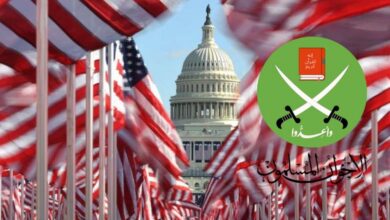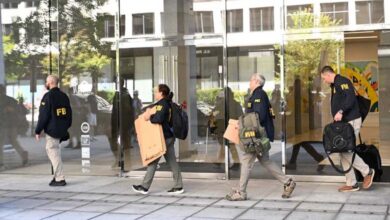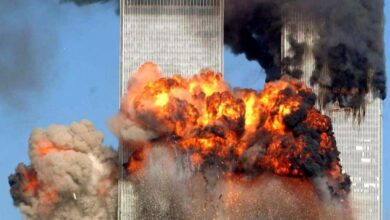The Washington attack brings it back into the spotlight… What do we know about the National Guard?

The shooting that wounded two National Guard members in Washington has renewed attention on this hybrid military force, which has dominated headlines recently.
The attack targeted two National Guard members near the White House on Wednesday evening, and President Donald Trump described it as an “act of terrorism.”
Kash Patel, director of the FBI, stated that the two wounded members were in critical condition.
Later, Trump confirmed that the suspect who had been arrested was a citizen who arrived in the United States from Afghanistan in 2021.
US Secretary of Defense Pete Hegseth then announced that the president had ordered an additional 500 troops to be deployed to Washington, D.C., following the shooting.
In recent months, the National Guard has been at the center of intense controversy in the United States. Last June, President Donald Trump overrode the authority of California Governor Gavin Newsom by ordering the deployment of around two thousand National Guard troops to disperse protests against federal immigration authorities in Los Angeles.
California authorities responded quickly with a lawsuit, arguing that the move violated the Tenth Amendment of the US Constitution.
It was the first time in sixty years that a president had deployed the National Guard without the governor’s approval. The last instance was in 1965, when President Lyndon Johnson sent troops to Alabama to protect civil rights activists.
In October, Trump’s decision to send National Guard units to Texas, California, Oregon, and Illinois to maintain security sparked a wave of political and legal criticism.
A federal judge described the move at the time as a “direct violation of court orders and of the principle of state sovereignty.”
The National Guard, which is a combination of military and civilian reserve forces, is typically mobilized to respond to natural disasters or maintain public order within a state at the request of its governor.
Its transformation into a “federal force” under the direct command of the president occurs only in exceptional circumstances, such as national emergencies or widespread unrest, and in principle requires coordination with the states — something that did not occur in the four concerned states, according to observers.
What is the National Guard?
The National Guard is part of the US Army’s reserve forces and consists of two branches: the Army National Guard and the Air National Guard.
Its roots trace back to the civilian militias formed in the 17th century in the British colonies of North America. The first units were established in the Massachusetts Bay Colony in December 1636, forming three regiments tasked with protecting the colony, according to the Council on Foreign Relations.
In the 20th century, the National Guard became a key component of the US military, evolving into a combat force that meets national security requirements.
This transformation followed the adoption of the Dick Act by Congress in 1903, which unified the militias into organized reserve forces under federal control.
Each state has its own National Guard, and governors can deploy it in emergencies such as riots or natural disasters.
The US president can also order the Guard into active duty for up to two years in the event of a national emergency.
According to the Defense Department’s personnel data center, the National Guard includes around 430,000 reservists, about 9,500 of whom are stationed in US territories including Puerto Rico, Guam, and the Virgin Islands.
Command and deployment
The chief of the National Guard Bureau is the highest-ranking officer in the force and a member of the Joint Chiefs of Staff. He or she may come from the Army or the Air Force. State-level Guard units are typically led by an officer ranked above major.
When reservists are deployed within a given state, they are generally commanded by the state’s governor. When deployed at the federal level, the president of the United States becomes the commander-in-chief.
As in other branches of the US Armed Forces, joining the National Guard is voluntary.
The National Guard is also part of the multi-agency border security system. As of January 2025, around four thousand Guard members were stationed along the border with Mexico, some on federal missions under presidential orders, others under state control.
It also plays a key role in supporting US military operations abroad. Since the attacks of September 11, 2001, more than one million National Guard soldiers have been deployed overseas, including in Afghanistan, Iraq, Europe, and the Indo-Pacific region.












